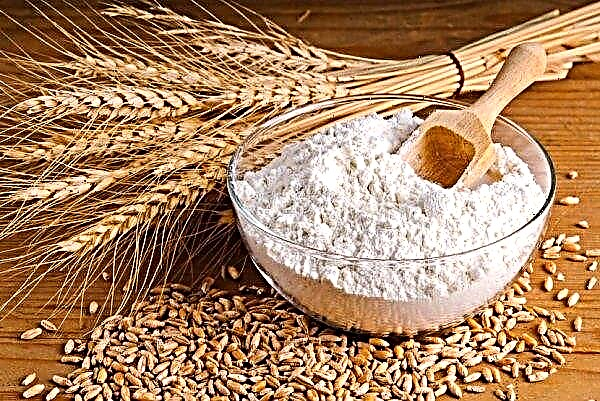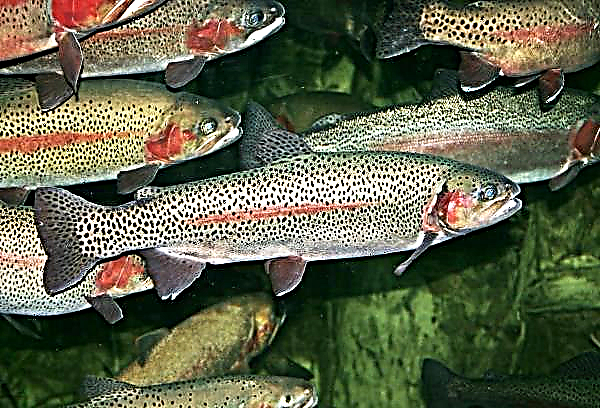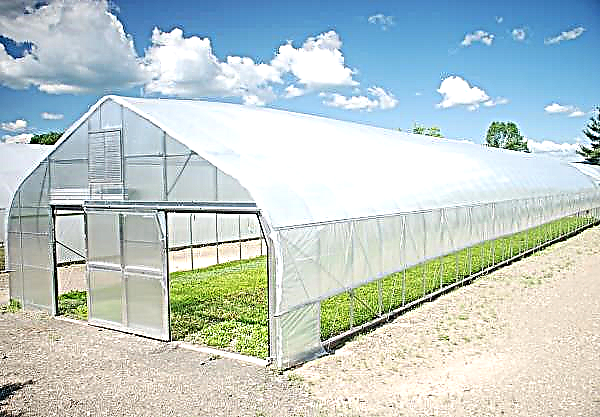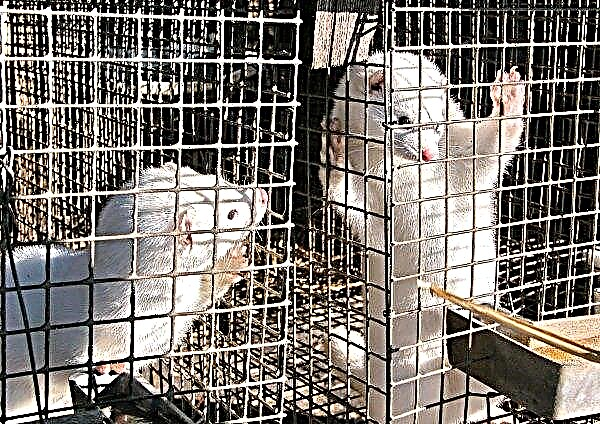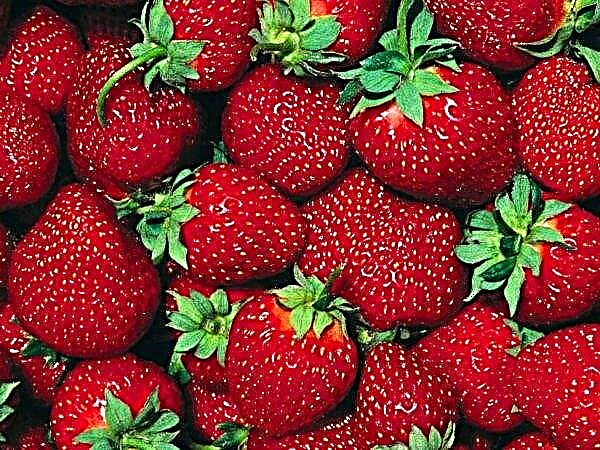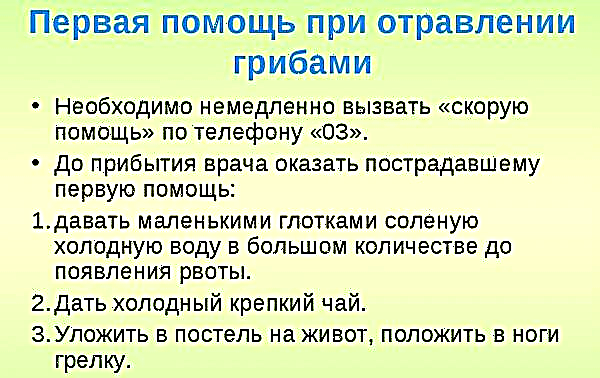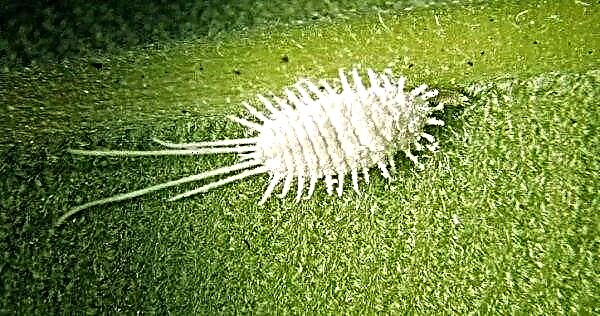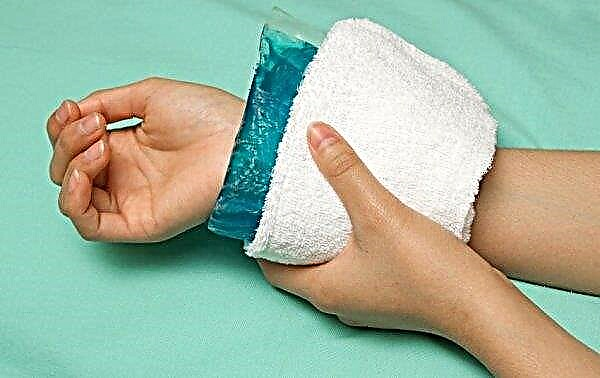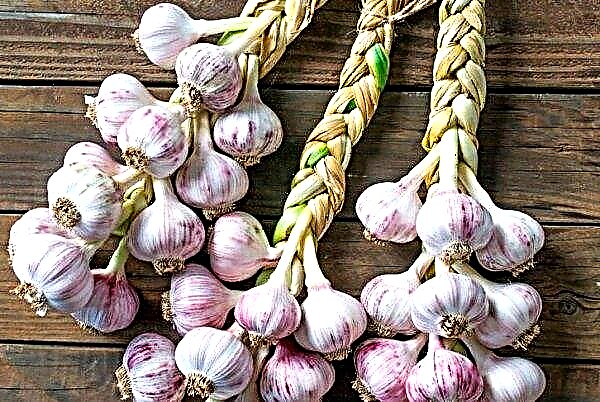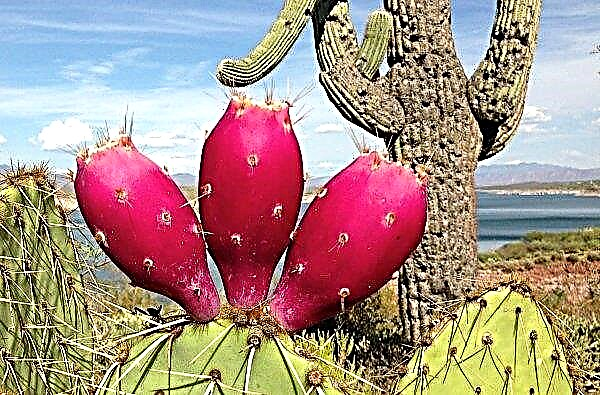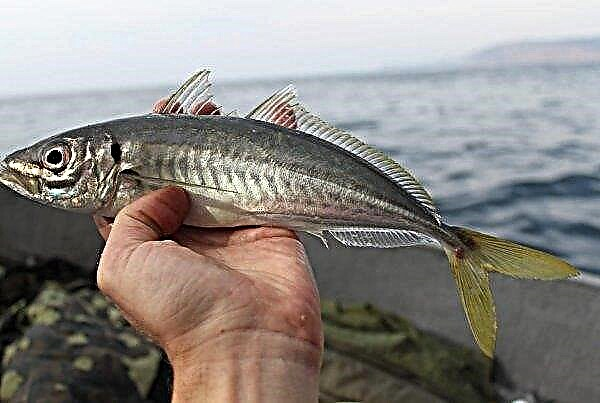The horse is a magnificent and graceful creature. All its splendor is not only smooth lines of the silhouette, but also a gait. The walking, galloping, running horse is fascinating, all movements are so smoothly and clearly performed. All methods of transportation available to horses are called gaiters. It is with a study of the technology of each of them that work with this animal begins.
What is a horse gait?
From the French language the word "gait" is translated as "move, gait." In other words, this is a generic name for all types of horse movement.
When you saddle a horse and start it with one of the gaits, you feel how the animal makes various movements under you, each of which is not similar to the previous one. And the speed of movement is always different.
At the same time, you are also required to make certain movements with the body, so that you do not interfere with the horse's free movement, you can easily control it and do not lose balance.
Therefore, it is very important to know the technique of animal movements with each type of gait.
Types of running and their characteristics
When a horse runs, it makes many movements. Each of its limbs performs its own movement, and depending on the type of gait they have their own beat. All existing types of running can be divided into 2 groups: natural and artificial.
Natural paces
Natural - these are the gaits with which the animal moves independently. That is, these methods of movement are inherent in the horse from birth.
Step
This is the slowest way to move. The movements are performed in 4 measures: first, the right front leg is moved forward, the hind leg (the one on the diagonal) follows, the second front leg follows, and the second hind leg completes.
There are 3 types of steps:
- short (hind hooves set at a considerable distance from the front);
- middle (hooves step on the trail);
- wide (rear hooves are carried over the front).
 The step allows the horse to move at a speed of 8 km / h.
The step allows the horse to move at a speed of 8 km / h.Important! A step is the foundation of the basics. It is from him that riding training begins, since its pace is minimal, which allows one to detect all the flaws in riding.
Lynx
When leisurely trotting, a horse can reach a speed of 10 km / h. This is a push-pull gait in which there is a “freeze” phase. When a horse moves from a step to a lynx, his limbs begin to move like this: at the same time, the right front and left hind, then simultaneously the second diagonal pair.
That is, the animal constantly raises its legs crosswise.
With this movement, the rider very clearly senses the tremors of the animal, so in order for the rider to be comfortable in the saddle, you need to adapt to the movement. At the first push, you should stand up a little in the saddle, and at the second push, lower yourself.
It is very difficult for beginners to understand the technique of movement with a lynx the first time. Therefore, for most of them, this gait seems the most difficult, since they easily lose balance.
According to the speed of movement, the lynx is of the following types:
- the torus (slow type, with which it is good to demonstrate the runs, the step is short);
- collected (unhurried way of moving, in which the steps become short, high and rhythmic);
- swing (a slightly faster way to move with an extended step and the presence of a small phase of hovering);
- max (accelerated type of running with a large step);
- frisky lynx (the fastest, and unlike the swing, steps are often taken).
 There are also graduation lynxes for training and lite. They are distinguished by the nature of the rider landing in the saddle. In the first version, the rider should be pressed to the saddle as much as possible, in the second - slightly stand up in the interval between bars.
There are also graduation lynxes for training and lite. They are distinguished by the nature of the rider landing in the saddle. In the first version, the rider should be pressed to the saddle as much as possible, in the second - slightly stand up in the interval between bars.Did you know? Movement Name «lynx» formed the basis of the name of the group of horse breeds - trotters. Animals included in this group are able to ride frisky trot for a long time without going to a gallop and feeling tired.
Gallop
In the natural habitat, horses go to a gallop if they need to run away from a predator, therefore, at races, when it is necessary to overcome quickly large distances, they use this riding style. With it, you can reach speeds of up to 70 km / h.
This is a three-stroke type of movement, in which the hind limb is brought forward first, then the same front limb and, together with it, the second hind limb, and in the end the other front limb.
Depending on which limb descends first to the ground, a gallop is distinguished from the right and left legs.
By speed, this type of gait is divided into the following:
- Maneuver gallop (speeds up to 18 km / h);
- collected (more than 12 km / h);
- average (24–28 km / h);
- added (48 km / h);
- quarry (more than 60 km / h).
 The latter type is the fastest way to move. With it, the body of the animal bends rhythmically and the hind limbs are carried forward of the front. The distance is covered almost by jumping at 2 pace.
The latter type is the fastest way to move. With it, the body of the animal bends rhythmically and the hind limbs are carried forward of the front. The distance is covered almost by jumping at 2 pace.Amble
This is a special style of movement. He is a little faster than a lynx, but just as easily and naturally executed by a horse. Most often, with the help of amble, mountain riding rocks, as well as American trotters, are moved. To the rest of the horses switched to amble, they must be trained.
Therefore, many riding masters attribute this gait to a transitional type between natural and artificial.
Did you know? The American breed of horses has a prefix «standard delusional» (moving by standard). She came from the fact that when breeding horses, horses were tested for speed at a distance of 1 mile. Her horses had to be overcome in 3 minutes. If they fell into the result, then they were left for further breeding, and the rest were rejected.
The amble is more convenient for the rider, as the tremors are felt less. But the animal becomes less manageable (unable to quickly turn around). Movements are carried out in 2 measures: at the same time, right / left limbs begin to move, then the second pair.
Artificial Paces
For a horse to start moving with one of the artificial gait, he needs to undergo special training.
Passage
This gait is similar to a torus. During the passage, the legs are slightly extended forward, and the step is small. Stepping with the front legs, the horse slowly and smoothly raises and lowers them. The movements look very graceful, but with them the rider has to jump up a lot.
Piaffe
Another name is onsite passage. The animal moves, as in passage, but practically does not move forward. Legs rise high. There are 2 types: slow (expressive leg lift with the shortest possible pace) and fast (it is preparatory to the previous one, it teaches the animal to keep balance).
Spanish step
This is the main element in high school riding. Moving this style, the horse compresses the pelvic limbs, as in the usual step, and the front throws forward, almost parallel to the ground. At the same time, the body moves slightly backward, facilitating the raising of the front leg.
Important! It is necessary to begin training the animal with this gait with a stretch, since it is very difficult for a horse to raise a straight leg.
This is a very spectacular type of movement. It is often included in circus performances.
Spanish lynx
This gait is similar in technique to the previous one, only movement is not based on it, but at a slow trot.
Gallop on 3 legs
This is another element of high school riding. The horse moves in a gallop with one of the forelimbs constantly raised upwards (alternately). This style of movement is very tiring for the animal, since it is absolutely not peculiar to him.
In addition, you still need to rely only on 3 limbs. Now this gait is practically not included in the equestrian competition program. It is mainly shown in circuses.
Gallop back
With him, the movements are performed in reverse order to the usual gallop. One of the hind limbs moves first, then a diagonal pair, then after the second hind limb. Also today is an element of circus performances.
If you breed horses for your pleasure, then it is not necessary to devote time to studying gait. Of course, you can learn to ride a trot and gallop, but this is purely optional. But if you plan to participate in sporting events, then the horse needs not only to be trained in the most important gait, but also to learn some more interesting tricks.
But if you plan to participate in sporting events, then the horse needs not only to be trained in the most important gait, but also to learn some more interesting tricks.

